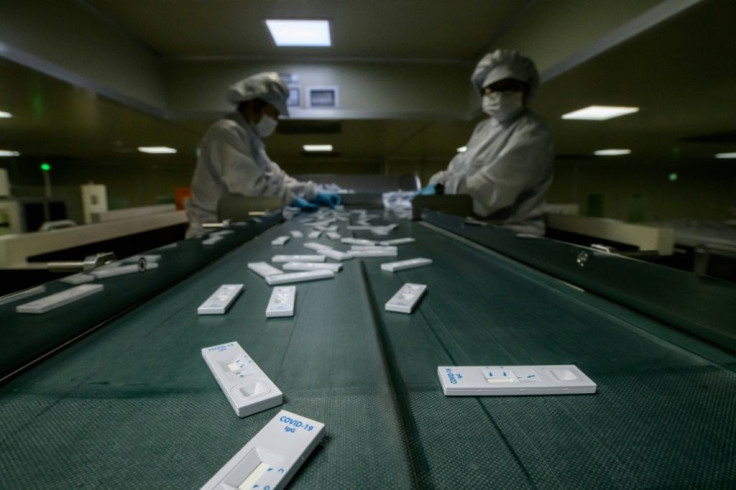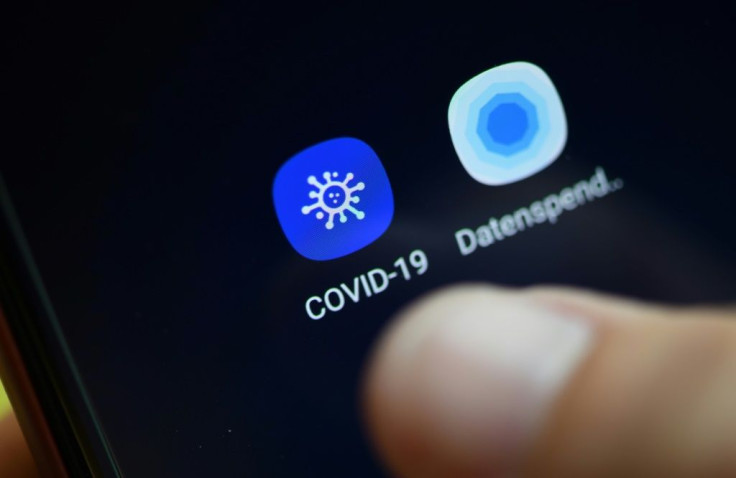Utah Engineers To Develop Device To Detect COVID-19 Through Sneezing On Phone

KEY POINTS
- Tabib-Azar to develop COVID-19 detection device attached to phones
- Sneeze or cough on sensors that have DNA strands which would bind to viral proteins
- Produce results within 60 seconds
- Prototype previously developed for Zika, but device to be available within 3 months
- Produced inexpensively, less invasive
A Utah engineering professor and team are developing a COVID-19 detection device that can be attached to phones with a sneeze sensor to produce results within seconds.
According to a New York Post article, University of Utah Engineering Professor Massood Tabib-Azar said that he and his team of researchers have been working to develop a device that could detect coronavirus by sneezing or coughing through a sensor which would then release the results within 60 seconds.
Tabib-Azar elaborated that the device would be about the size of a quarter that can be plugged to a phone’s charging port and test saliva particles for the virus, Metro UK reported.
What I'm tracking: COVID-19 biosensors. This one from Professor Massood Tabib-Azar at the University of Utah - originally devloped for zika, now being repurposed. Instant testing from a device hooked to your phone. https://t.co/dxTGvbl78x
— Brian Perry (@anonyguy) May 18, 2020
The device’s concept is that when there is a virus present in the saliva droplets, the DNA strands in the sensor would bind to the viral proteins and trigger an electrical resistance which would indicate a positive result.
“If someone breathes, coughs, sneezes or blows on the sensor, it would be able to tell if they had COVID-19,” Tabib-Azar said. “The sensor would change color or visually indicate the presence of COVID-19 so it can be viewed with the naked eye.”
He said that the gadget would likely be available within three months since he already developed a prototype for the sensor a year ago to detect the Zika virus.
Now, instead of the Zika virus, the engineering professor said that the device would be programmed to detect the coronavirus.
He was given a $200,000 National Science Foundation Rapid Response grant to develop the device, KTVX reported.
Tabib-Azar said that the device could be produced inexpensively. He also added that using the device to detect coronavirus is a less invasive method than the currently used procedure of nasal swabs which requires mucous to be collected from the back of the patient’s nose and throat for testing.
“I think it will help a lot with opening the country and giving people peace of mind that they are in a safe environment,” Tabib-Azar told news station KSL-TV.

© Copyright IBTimes 2025. All rights reserved.




















